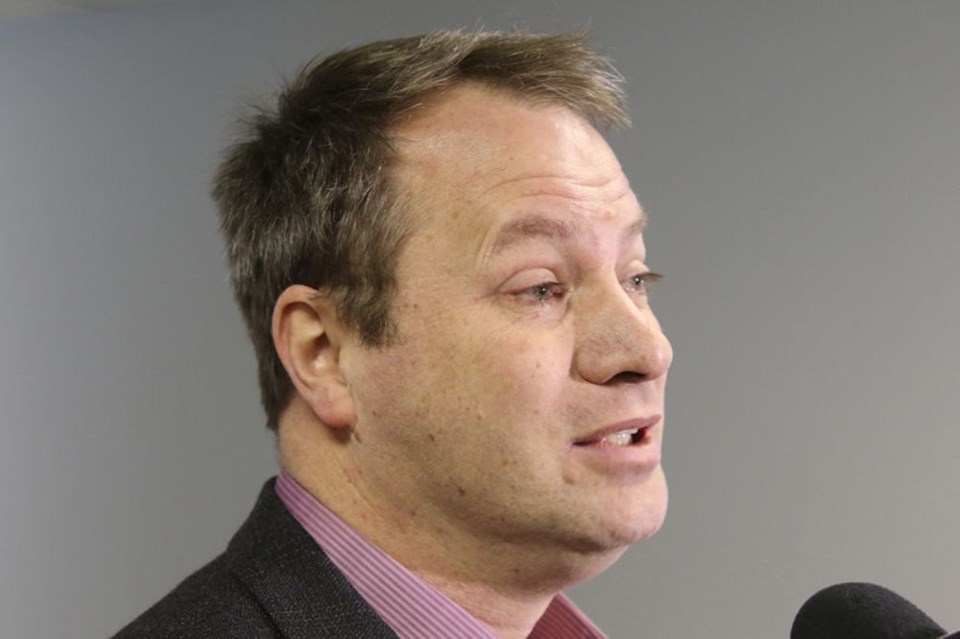Northern Ontario students are lagging behind their counterparts in other regions of the province, according to a report released on Thursday by the Northern Policy Institute.
Broken down further, the paper shows Lakehead District School Board students are slightly less likely to graduate than students attending Thunder Bay Catholic District School Boards, but both trail the Ontario average of about 84 per cent.
Eighty per cent of TBCDSB students receive their high school diploma within five years, while about 72 per cent of public board students complete their studies in the same time frame, according to figures compiled in 2014 and 2015 by the Ontario Ministry of Education.
Four-year graduation numbers are about 10 percentage points lower for both boards. On a positive note, the Conseil Scolaire de District Catholique des Aurores Boreales is slightly higher than the provincial average.
Aboriginal students, across the board, are far less likely than non-Aboriginal students to have a post-secondary certificate, diploma or degree, both at the local and provincial level, a factor linked to socio-economic factors as well as proximity to education.
Charles Cirtwell, president of the Northern Policy Institute, said the results aren’t really a surprise.
“This is consistent with other analysis that’s been done in the past,” Cirtwell said. “It’s an ongoing exercise around the challenge that you have keeping kids interested in school, particularly in areas in the Northwest, where jobs have traditionally been available that didn’t necessarily require a high level of skills.”
The thought pattern has to change.
The downfall of the forest industry, added to a slower-than-expected growth in mining, combined with a global economic downturn means many of those types of jobs are no longer available.
“We have to find a way to get kids passionate about school long enough to stay in school and to get them educated in areas they are interested in.”
The report, authored by Mike Commito, acknowledges that might be easier said than done, especially in smaller, northern communities, and particularly in Aboriginal communities, where there might only be 40 or 50 students in total.
Cirtwell pointed to classes that use hockey to inspire young students. But one size does not fit all, he said.
“What about the ones who are interested in filming and movies? What about the ones who are interested more in the economic side or law and want to do that in their high-school grades? Do we have those options?” he said.
“The simple fact is, as I understand it, here in the North the choices aren’t nearly as varied as they are in the south and I think that’s part of the reason we’re seeing the trends that we’re seeing.”
The report did not make recommendations on how to fix the problems.
